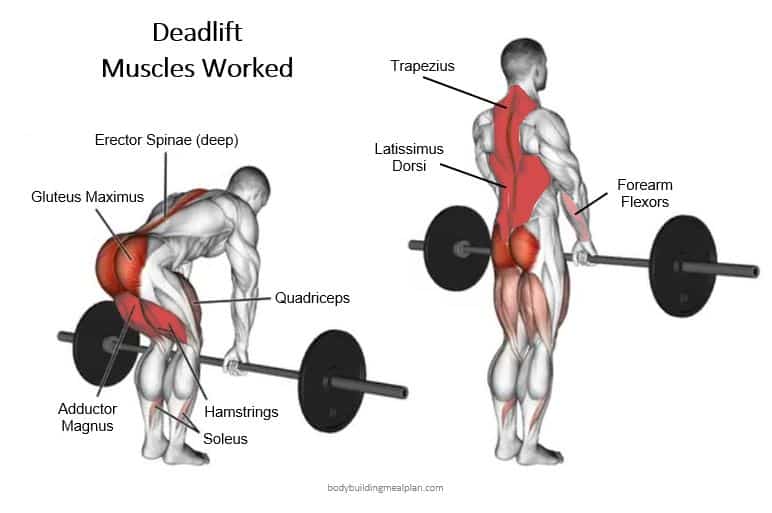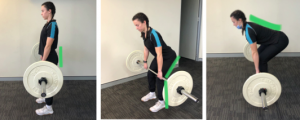Is “bending with the knees” always the most functional? How mastering a hip hinge may be more useful for some activities of daily living

The deadlift is a whole body strengthening exercise, especially for the posterior chain (muscles at the back of the body). The primary muscle movers include the hamstrings, glutes, adductors, calves, quadriceps and lower back, alongside many other muscle groups to both control and stabilise the movement.

The Functionality of a Deadlift
The deadlift technique is largely focused around learning the hip hinge. Our bodies are capable of being extremely strong and stable in the hip hinge position when performed correctly. During lifting or bending over, the old rule of thumb is to “lift with the knees” and “squat down to pick things up”. However, this isn’t always the most functional for heavy, odd-shaped objects. It is also interesting that when we pick up heavier items, we tend to be more careful in the way we lift, spending more time to think about our position and technique. However, with small or light items, it is easier to forget about lifting mechanics. As a result, it is very common for lifting injuries to occur from lifting small objects the wrong way. Mastering the hip hinge technique may be a great functional alternative to utilise more often in our day-to-day.
Mastering the Hip Hinge
The hip hinge can initially feel like a strange movement and takes time to learn its difference from a squat. Practice first with a dowel!
- Stand up tall and hold the weight/dowel close – touching the thighs
- Keep shoulder blades tight to assist in maintaining a neutral spine
- It’s all about the hips moving back
- Allow your chest to lower down as the hips move back, keeping a neutral spine
- Squeeze the bottom to stand tall, hips locking through
- Again, It’s all about the hips moving back

Shanyn Anderson
Accredited Exercise Physiologist
